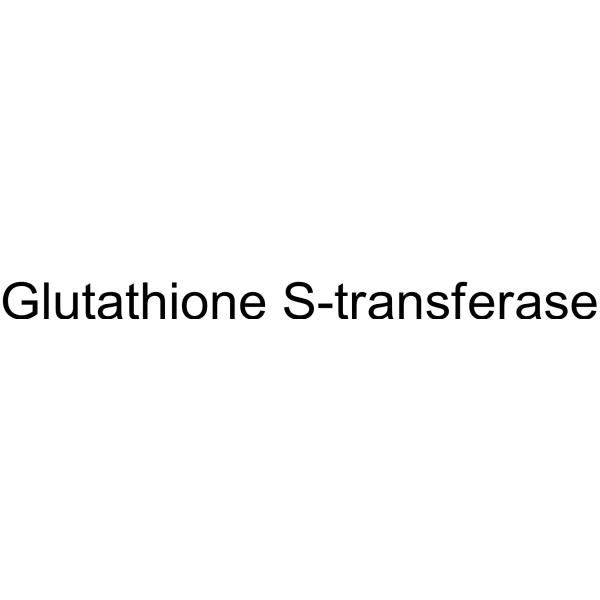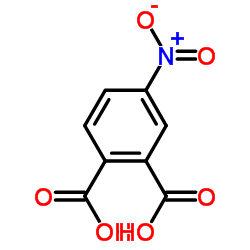| 结构式 | 名称/CAS号 | 全部文献 |
|---|---|---|
 |
谷胱甘肽转移酶
CAS:50812-37-8 |
|
 |
4-硝基邻苯二甲酸
CAS:610-27-5 |
| 结构式 | 名称/CAS号 | 全部文献 |
|---|---|---|
 |
谷胱甘肽转移酶
CAS:50812-37-8 |
|
 |
4-硝基邻苯二甲酸
CAS:610-27-5 |